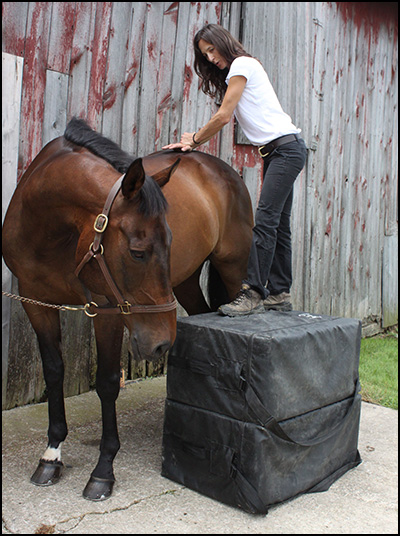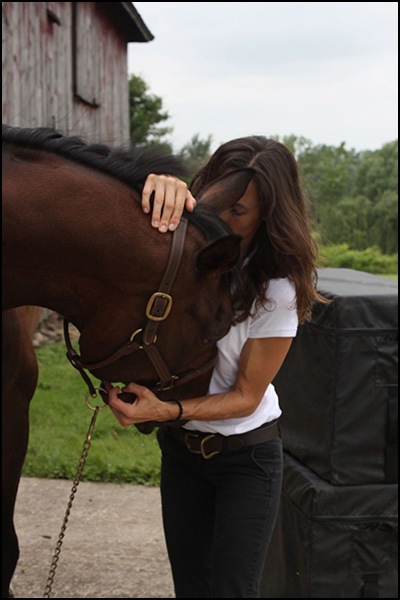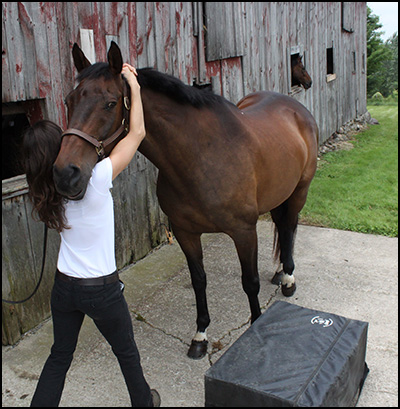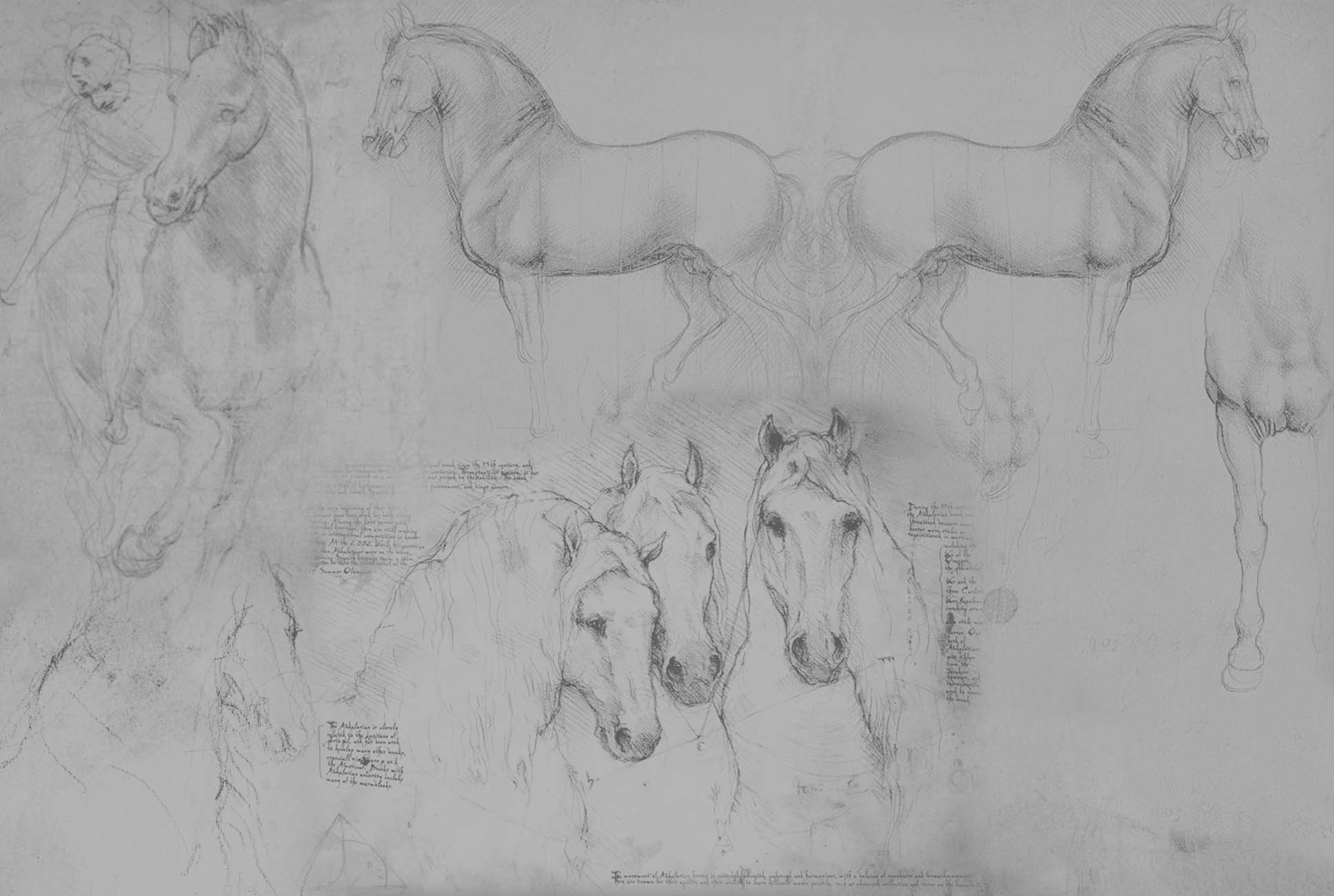What is Chiropractic?
Chiropractic is a method of treating musculoskeletal and nerve dysfunction with direct, hands-on techniques. It can relieve musculoskeletal pain, increase range of motion and enhance quality of movement. The basic premise of Chiropractic Medicine is that pain syndromes and disease can arise as a response to suboptimal functioning of the nervous system. This can be a primary or secondary problem, and which it is determines the role that Chiropractic plays in treatment. Chiropractic Medicine is a potent form of medical assessment, treatment, and wellness care when used correctly, sometimes on its own and sometimes with other medical therapies, or as part of a rehabilitative program.
What Types of Conditions can Benefit from Chiropractic Treatment?
Conditions such as unexplained lameness, compensatory movement problems, Temporo-Mandibular Joint dysfunction, paresis, pain, musculoskeletal injuries and some behavioural issues respond well to Chiropractic treatments. Chiropractic is also an essential component of Sports Medicine, and an integral part of rehabilitative therapy or a performance maintenance program.
Examples Chiropractic in Maintenance Care:
Competitors often schedule annual or bi-annual soundness exams between seasons or before leaving for the winter circuit. A soundness exam is a form of preventative medicine that is appropriate for a horse subject to a rigorous work schedule. It is a method of detecting subtle changes and attempting to address them before they become larger problems. Chiropractic can be a key part of health maintenance for these horses.
Many people schedule a chiropractic session for their horse after routine dental work to care for the head, neck, and Temporo-Mandibular Joints following their suspension in the speculum that is necessary during dental procedures.
This is important because the Temporo-Mandibular joint helps a horse with more than chewing! The “TMJ” is a compound synovial joint that attaches the jaw to the skull. More than that, the Temporo-Mandibular Joint is a key component of the Stomatognathic System, the most complex system in the body that is central to posture, locomotion, and mastication. A well functioning Temporo-Mandibular Joint is thus an essential component of balance.
Athletes often use chiropractic to hone their competitive edge with enhanced proprioception, balance, and increased range of motion.
In General Terms: What is a Chiropractic Adjustment?
A chiropractic adjustment is a light, quick thrust to a joint that imparts movement and stimulates both the sensory and mechano-receptors of a joint and its surrounding soft tissue.
 Benefits of Chiropractic Treatments:
Benefits of Chiropractic Treatments:
- Pain Relief
- Joint Mobilization
- Restored Function
- Enhanced Movement
- Increased Range of Motion
- Better balance and co-ordination
- Return to function following lay ups
- Soften Fibrous Adhesions & restrictive Connective Tissue formed in response to a previous injury
- Improved recovery after orthopedic surgical procedures
- Address subtle lameness or performance problems, such as
- favouring one lead at the canter
- difficulty with downward transitions
- a new found resistance to the bridle or to the rider’s leg.
- Lessen or offset side effects of other essential, conventional treatments
 How does Chiropractic work?
How does Chiropractic work?
Chiropractic practitioners use bones as contact points with which to induce the movement of specific muscles, soft tissue, and joints. Movement is received by the nervous system as sensory input. As the nervous system integrates and adapts to that information, it responds in ways that create the benefits of a chiropractic adjustment, such as an increased range of motion and decreased pain.
What is the Goal of a Chiropractic Adjustment?
The goal of a chiropractic adjustment is to induce movement in a way that stimulates autonomic and neurologic responses that shift the body’s balance towards homeostasis. Where to induce movement and which level of the nervous system to target with adjustments is determined during the initial chiropractic and neurologic exam. The end result of any chiropractic adjustment is stimulation of the cortex, a part of the brain essential to the integration of information, sensory perception, and learning.
What Chiropractic is NOT
Chiropractic is NOT re-arranging bones that have become “stuck” or have slipped “out” of place! The “Bone Out of Place” theory was an early attempt to explain how chiropractic worked in the late 1800’s, before it was understood that the success of chiropractic lies in its ability to influence the nervous system. The language of the bone out of place theory is compellingly simple, which may explain why it has persisted for so many years despite its inaccuracy.
Can a Bone Be “Out of Place”?
Yes. When a bone is truly out of place, it is called a “subluxation” in veterinary medicine and can be seen on radiographs (x-rays) as a displaced joint. It is an acute condition that usually requires surgical intervention. Chiropractors and Veterinarians use the word subluxation to mean different things, and this has compounded the misunderstanding about what it is that Chiropractors actually do. When Chiropractors speak about a “subluxation” they are referencing a “Vertebral Subluxation Complex”, which is a term used to describe joint dysfunction . A Vertebral Subluxation Complex refers to an area of the spine with reduced mobility. It includes two joints, their surrounding vasculature, and soft tissue. A Vertebral Subluxation Complex is a descriptive term, not a medical diagnosis. Although it is not a structural deviation, a Vertebral Subluxation Complex can induce structural deviation over time if it remains uncorrected.
How does Animal Chiropractic Relate to “Regular” Veterinary Medicine?
Chiropractic is like any other type of treatment in that its effectiveness is contingent upon establishing a diagnosis and ruling out contraindications prior to using it. Establishing a diagnosis enables us to define and understand the condition, problem, or disease so that we can provide the most effective treatment, and tailor it to the specific needs of the patient. The process of arriving at a diagnosis is not always straightforward, because neither body function, disease, nor health are linear processes. Finding a diagnosis may require testing such as a laboratory analysis of a blood or tissue sample, or imaging such as radiographs or ultrasound. In Veterinary Medicine, the process of ruling certain conditions out can be as important as ruling others in. This is equally true in the practice of Chiropractic, which necessitates ruling out conditions that could be contraindicative to Chiropractic treatment.
 Can a Chiropractic Treatment to “Fail?”
Can a Chiropractic Treatment to “Fail?”
Let’s be honest. All treatments can fail, including pharmaceutical treatments. Lack of therapeutic response or patient side effects are the two top reasons for changing medications. It is not uncommon during the course of treatment for a veterinarian to change antibiotics or to adjust the dose of a pain medication. We adjust treatments based upon a patient’s response to therapy and progress in all types of medicine.
Chiropractic Treatments are no different. Premature discontinuation of treatments can predispose a patient to relapse in a way that is analogous to early discontinuation of an antibiotic that allows a disease to resurface. This is because the body continues healing for some time after an initial improvement is detected, in ways that we cannot readily detect or outwardly see. In the case of antibiotics it is the immune system at work. In the case of Chiropractic, it is the nervous system at work.
“Homework” ??!
Chiropractic is a form of healthcare that requires active patient participation. It is not uncommon for stretching or strengthening exercises to be prescribed for chiropractic patients between sessions. These “homework assignments” maximize the efficacy of a treatment and augment a patient’s progress between treatments. Most owners find that they enjoy working with their animals and actively participating in their care and healing. Most animals willingly participate in the exercises once they have learned them.
How Frequently does an Animal in Chiropractic Care Need to Receive Treatments?
The number of treatments that a patient receives is determined in accordance with the needs of that individual. Chronic conditions or cases that present with acute signs often require more frequent treatments (such as every 2 to 6 weeks) during the initial phase of therapy, and then progress to “maintenance” treatments once every 6 to 8 months once they have reached their comfort or performance goals. Other factors, such as compliance with exercise and / or massage recommendations can also help maintain the benefits of an adjustment.


